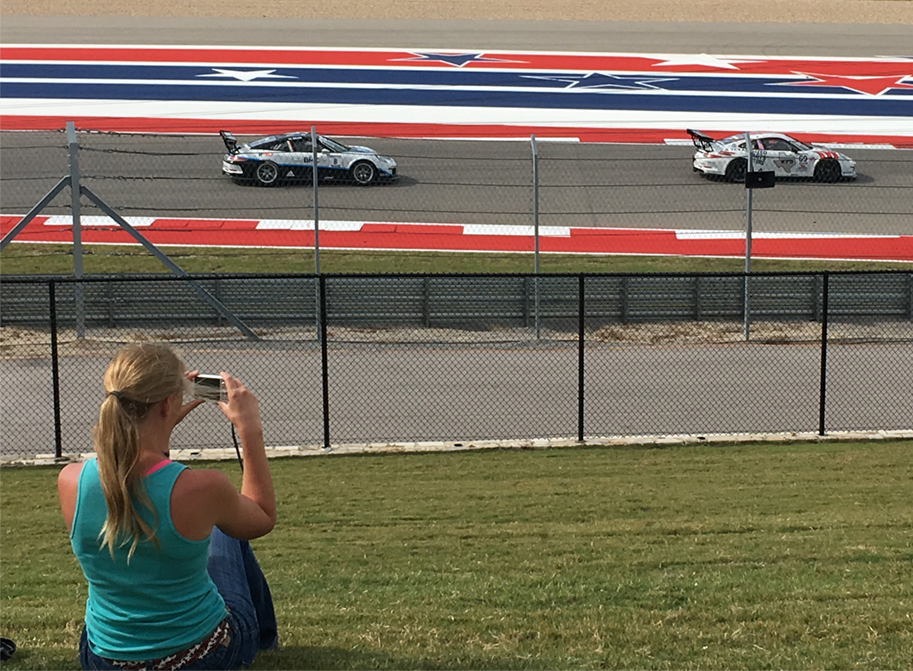
GWC ™ Basics: Do You Get It? Do You Want It? Do You Have the Capacity to Do It?
These are three key questions that author Gino Wickman asks business owners and leadership teams in his book Traction to ensure the right people occupy the right positions in your company. I am fascinated with figuring out people’s talents and helping them achieve personal success in life based on discovering their unique talents so this concept intrigued me. The key concept in this book is EOS, which stands for Entrepreneurial Operating System. EOS identifies Six Key Components™ of any organization. The entire book is very insightful and today I want to share the “People Component™” with you.
In the book, Wickman created a practical tool that you can use in your business to ensure you have the “right people in the right seats”—another great concept introduced by Jim Collins in his book, Good to Great. This tool is called the “People Analyzer™.” First, you need to know if you have the right people, then you need to put them in the right seats.
According to Wickman, “The right people are the ones who share your company’s core values. They fit and thrive in your culture. They are people you enjoy being around and who make your organization a better place to be.” His formula is: Core Values + People Analyzer = Right People.
In addition to the company’s core values, Wickman introduced another set of parameters to see if your employees are the right people for your company. These “assets” (as he calls them) are:
Get it: Do your employees really get the concept of the specific job and role they’re in? Do they understand the culture, the systems, the company’s pace, and “how the job comes together”? In other words, do your employees “get it”?
Want it: Do your employees truly want the job they’re in? Do they want the new opportunity or promotion you’re offering to them? Are they willing to work the extra hours, for example, to be successful in the position?
Capacity to Do it: Do your employees have the “mental, physical, and emotional capacity to do a job well”? Are they smart enough to do the job (intellectually)? Do they have the time to work more hours (even if they want to, can they?)?
The People Analyzer tool consists of two areas then: 1) List the company’s core values (up to the top five) and rate each employee with a “+” if they exhibit that core value 100% of the time, “+/-“ if they exhibit that core value some of the time, or a “-“ if they don’t exhibit that core value most of the time. 2) Add the three key assets of Get it, Want it, and Capacity to do it (GWC) to the chart as the last three columns. Write the names of each employee in each row and rate them under each core value and asset. The results should be measured against a bar you establish with the minimum number of core values and assets you’re willing to accept as positive (i.e. employees have to match four out of five core values and have a positive score on the three assets of GWC). Employees who match your criteria are considered “the right people” for your company.
The tough decision comes when you, as the business owner or leadership team, end up with one or more team members who need to go because, for one reason or another, they no longer fit in your company. Wickman’s experience shows that most companies experience significant growth after the wrong people are let go of the company. The other team members are grateful and the ones who left ultimately find a better place where they fit and where they can use their talents best.
I encourage you to explore the GWC basics and to, at least, explore asking the questions: Do I have the right people in the right seats in my company? Do my employees Get it? Do they Want it? and Do they have the capacity to do the job? You will get very interesting results. You may also, as an employee, want to ask yourself these questions and see how you respond.
GWC, Six Key Components, People Analyzer, People Component, EOS and the Entrepreneurial Operating System are trademarks or registered trademarks of EOS Worldwide, LLC.








